The Writings of Oliver Olney: April 1842 to February 1843 — Nauvoo, Illinois
$35.05
Edited by Richard G. Moore
Now Available
- “An important contribution to the body of Latter-day Saint history.” — Alonzo L. Gaskill
- “Such a rare collection of documents . . . is crucial to gain an understanding of Nauvoo during the time of Joseph Smith.” — Steven L. Shields
- “Provides historians a chance to view the unprecedented extent of social upheaval, revelatory innovation, and deep confusion present in this important moment in Mormon history.” — Benjamin E. Park
- “The Writings of Oliver Olney is an entertaining and insightful look at key moments of the early 1840s. I recommend this new volume to anyone eager to get a better grasp on the Nauvoo period.” — Christopher James Blythe



Available in ebook for Kindle, Nook, Kobo, Google Play, and Apple.
Download a free sample preview.
Book Description:
Oliver H. Olney, an early convert to The Church of Jesus Christ of Latter-day Saints, fled to Nauvoo, Illinois, following persecution in Missouri. In Nauvoo, Olney became disgruntled with church leadership and viewed Joseph Smith as a fallen prophet. His writings, consisting of journal entries, letters, and booklets, express his concerns about what he viewed as serious iniquity within the Church. Despite his opposition to church leadership resulting in his excommunication, Olney remained in Nauvoo and wrote about the things he witnessed.
The handwritten papers of Oliver Olney are housed in the Beinecke Rare Book and Manuscript Library at Yale University and are made available in published form for the first time. They offer historical researchers and interested readers of the early Latter-day Saint movement a unique glimpse from the margins of religious society in Nauvoo. Olney’s writings add light to key events in early Mormonism such as rumors of polygamy, the influence of Free Masonry in Nauvoo, plans to migrate westward to the Rocky Mountains, as well as growing tensions with disaffected church members and rising conflict with Nauvoo’s non-Mormon neighbors.
Q&A with the Author:
.
Q: How did you discover Oliver Olney and what made you decide to transcribe his writings?
A: Some years ago, I was looking for a topic for a paper to present at the John Whitmer Historical Association Conference. The theme that year had to do with the divergent paths of belief that some early converts to the Restoration took. I remembered reading a Times and Seasons editorial called “Try the Spirits” that mentioned a number of people who had left the church founded by Joseph Smith after receiving their own revelations. Returning to that article, I found the name of Oliver Olney. I didn’t know if there was enough information about him to write a paper but was surprised to discover that there were over four hundred-fifty pages handwritten by Olney housed at Yale. I obtained a copy of his writings, transcribed much of what he had written, and was able to present a paper at the conference. After my presentation, Greg Kofford approached me and said that he would like to publish all of Olney’s writings. I began the work of transcribing everything that I could find written by Oliver Olney.
Q: Can you describe Oliver Olney? Who was he and why is he a significant source for the Nauvoo era?
A: Oliver Olney joined the Latter-day Saint movement in 1831 while living in Ohio. He and his wife moved to Kirtland where he became president of the Teachers Quorum. His wife was the daughter of John Johnson and the sister of Luke and Lyman Johnson, two of the Restoration’s first apostles. He and his wife later moved to Missouri and experienced the anti-Mormon violence there. They eventually moved to Nauvoo. Oliver was on a mission to the Eastern States when his wife, who had remained in Nauvoo, passed away. Returning from his mission, he became disaffected with the Church and its leaders. However, after being excommunicated, he remained in Nauvoo and wrote down what he observed taking place there. His writings are first-hand accounts, albeit biased, of a person living in Nauvoo during the early 1840s.
Q: Can you give us a brief overview of how this documentary history is organized?
A: Olney wrote something of a dated journal for several years. However, he often wrote more than one version for a particular date. His papers were in numbered folders at Yale University’s Beinecke Rare Book & Manuscript Library. Unsure which version Olney wrote in what order, the book is arranged by date, in order of the folder in which they appear. In other words, if he wrote three entries for June 3, they would be arranged like this: June 3 [folder 2], June 3 [folder 5], June 3 [folder 7]. Also included in the book are two complete booklets that Olney had published.
Q: What are a few big takeaways that we get from Oliver’s writings?
A: Olney had heard rumors spreading around Nauvoo about polygamy among Church leaders and he wrote about what he had heard. He also noted the establishment of a Masonic chapter in Nauvoo. He said that he was unsure about the virtue of Masonry and claimed that the Mormon version of Masonry being practiced in Nauvoo was an immoral thing—even connecting the Danites to what he referred to as “new-fangled” Masonry. Olney also viewed the formation of the Relief Society as Masonry for women. In 1842 he stated that the Mormons were already making plans to move to the Rocky Mountains and establish a kingdom there.
Q: Can you share a few issues Olney had with church leadership? Why do you think he remained in Nauvoo after his excommunication?
A: Some of the biggest issues that Olney had with church leadership were financial. At the time he was writing, he viewed himself and others in Nauvoo as being poverty stricken while church leaders lived in luxury. He viewed tithing and the law of consecration as gouging the Saints for the benefit of church leaders. He was also troubled by rumors of plural marriage being practiced by church leaders. He felt that the Restoration had gone off the track. Olney did stay in Nauvoo for several years after his excommunication, even though he said in a few of his writings that he believed his life to be in jeopardy. I believe he stayed at first because he thought a reformation could take place within the Church and he saw himself as the person who could help that reform take place. After coming to believe that there was no hope for church leaders to repent, I believe he stayed to get more dirt or ammunition for his attack on Mormonism.
Q: Can you give us a little insight into Olney's claimed visions and heavenly visitations?
A: Olney recorded visits of heavenly messengers, giving him instructions for building God’s kingdom on the earth in preparation for the Second Coming of Christ. Prominent in these visits were the Ancient of Days, twelve prophets from Old Testament times that would meet with him quite often. Olney claimed that these twelve, who lived on the North Star, called him to choose a new Quorum of the Twelve. He was ordained to a special priesthood by them and was told where to find a buried Nephite treasure to fund the building of the kingdom. He also said that he was visited several times by the deceased apostle, David W. Patten.
Q: Do we know what became of Oliver Olney after Nauvoo?
A: Prior to leaving Nauvoo, Olney remarried a Mormon woman, a believer who was assistant secretary in the first Relief Society. Very little is known about him after he left Nauvoo. He returned to Nauvoo after the death of Joseph Smith and, according to his own writing, hoped to be able to receive his endowment in the Nauvoo Temple. I was unable to find anything about him after that except the assumption that he died in Illinois sometime in 1847 or 1848.
Interview with the Author:
Praise for The Writings of Oliver Olney:
“Oliver H. Olney is, by all accounts, one of the most obscure figures in the history of the restoration. Eclectic in his theological interests, and professing prophetic gifts to rival those of any leader in this dispensation, Olney’s writings present a view of the restored gospel that is provocative, curious, and even (at times) humorous—as he prophesies, chastises and opines about the Church, its leaders, its doctrine and future. Representing years of research and careful transcription, this annotated collection of The Writings of Oliver H. Olney is an important contribution to the body of Latter-day Saint history—and belongs on the shelf of every serious historian.” — Alonzo L. Gaskill, Professor of Church History and Doctrine, Brigham Young University
“Richard G. Moore gives historians and casual readers alike a remarkable presentation of Oliver Olney’s writings. Minority reports are often dismissed and relegated to the footnotes of history, but Olney was a vital observer of events in Nauvoo in the early 1840s. Though he fell out of favor with Joseph Smith, Olney openly shared his contrary opinions. However, unlike others, he did not at first feel pressured to leave Nauvoo despite his dissent. In his papers, we gain insight to who he was and what he thought about the innovations in the church. Such a rare collection of documents from a first-hand witness who was not an apologist is crucial to gain an understanding of Nauvoo during the time of Joseph Smith. This volume is essential reading in the history of the Latter Day Saint movement.” — Steven L. Shields, author, Divergent Paths of the Restoration
“Oliver Olney could be described as equal parts fascinating and perplexing, as his writings can appear both poignant and bewildering. Yet the same could be said about the city of Nauvoo in 1842–1843. The collection of these scattered writings, transcribed and published for the first time, provides historians a chance to view the unprecedented extent of social upheaval, revelatory innovation, and deep confusion present in this important moment in Mormon history.” — Benjamin E. Park, author, Kingdom of Nauvoo: The Rise and Fall of a Religious Empire on the American Frontier
“Until now, the writings of Oliver Olney have been one of the best kept secrets of Latter-day Saint Nauvoo. Olney was a dissident visionary who lived among the Latter-day Saints recording his visions and criticisms of Joseph Smith in his private writings. The eccentric prophet never gathered a following, but was publicly dismissed in "Try the Spirits," a famous editorial often credited to Joseph Smith. The Writings of Oliver Olney is an entertaining and insightful look at key moments of the early 1840s. I recommend this new volume to anyone eager to get a better grasp on the Nauvoo period. Richard Moore has provided us with a careful transcription, an insightful introduction, and useful notes throughout.” — Christopher James Blythe, faculty research associate at the Neal A. Maxwell Institute for Religious Scholarship, Brigham Young University
“The cast of characters at Nauvoo, Illinois, included Mormonism’s most devout believers, some never affiliated, and several dissidents. Among the latter, Oliver Olney has been remembered for both his published criticisms as well as unpublished diaries from 1842–43, all of which are cited by researchers for their importance in documenting the Nauvoo era. A scholarly edition of the diaries is long overdue, but Richard Moore’s careful transcript and thorough annotation has made this moment well worth the wait.” — Devery S. Anderson, editor, The Development of LDS Temple Worship, 1846-2000
“While the Joseph Smith Papers and similar projects provide us with the 'top brass' perspective of what was going on in Nauvoo, the writings of Oliver Olney give us the everyman, outside of the inner circle, perspective of those same events and times.” — Andrew Hamilton, Worlds Without End: A Mormon Studies Roundtable
About the Author:

Richard G. Moore received his bachelor’s and master’s degrees from BYU in American History and his doctorate in Education from the University of the Pacific. He retired after teaching thirty-eight years for the Church Educational System as a seminary teacher, institute instructor and director, and as an instructor for the Ancient Scripture Department at BYU. Dr. Moore is a Richard L. Evans Fellow, serving as a member of BYU’s Office of Religious Outreach. The author of four published books and more than a dozen articles, Richard presents often at BYU’s Education Week and the John Whitmer Historical Association Conference. Richard and his wife, Lani, live in Orem, Utah. They have three children and nine grandchildren.
More Information:
340 Pages
978-1-58958-762-5 (hardcover)
Press Sheet

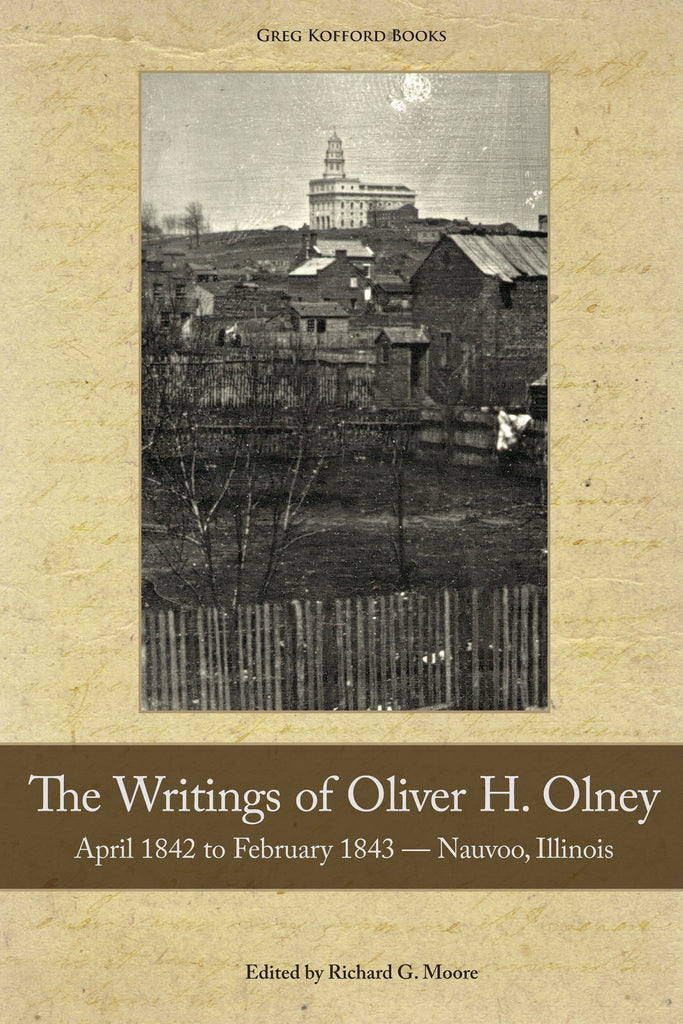



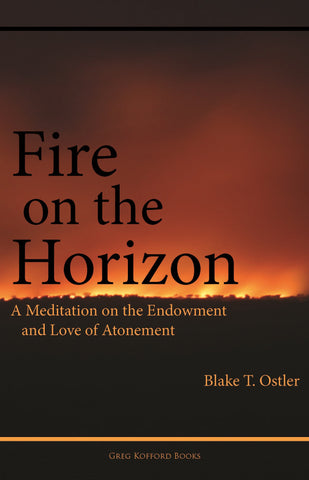
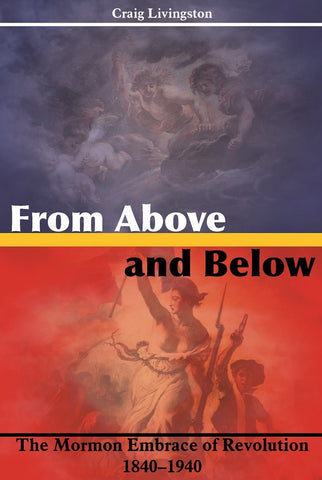
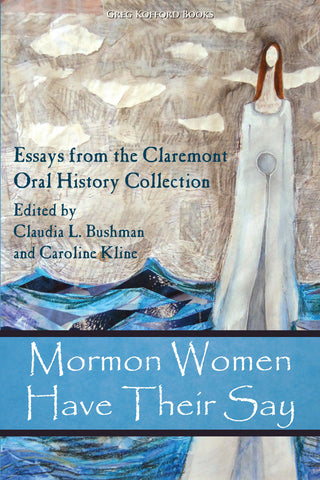
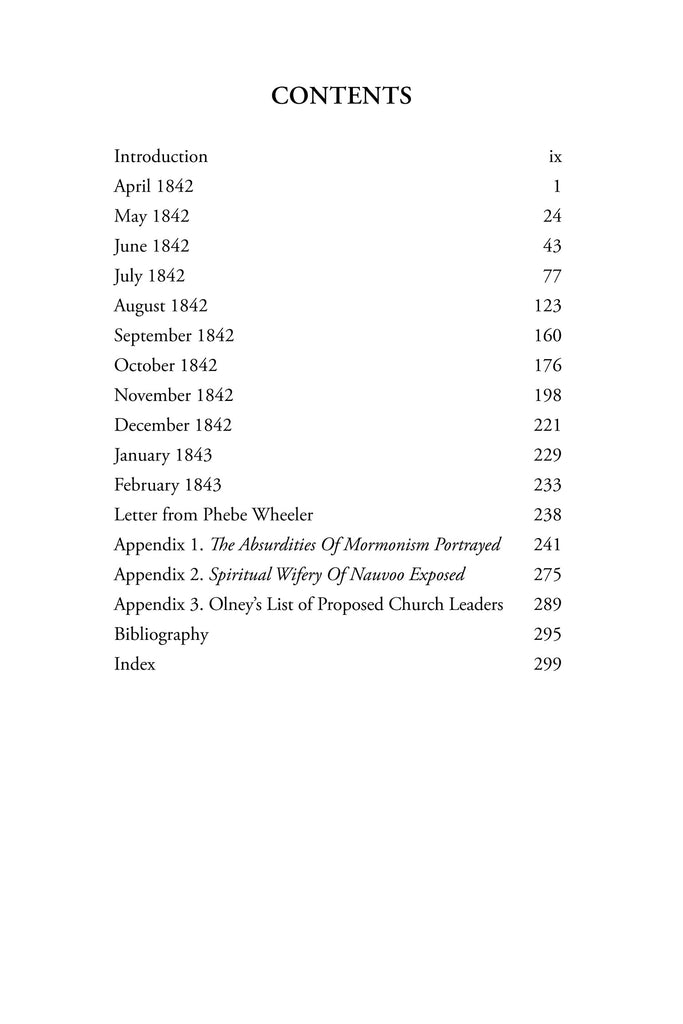
Share this item: